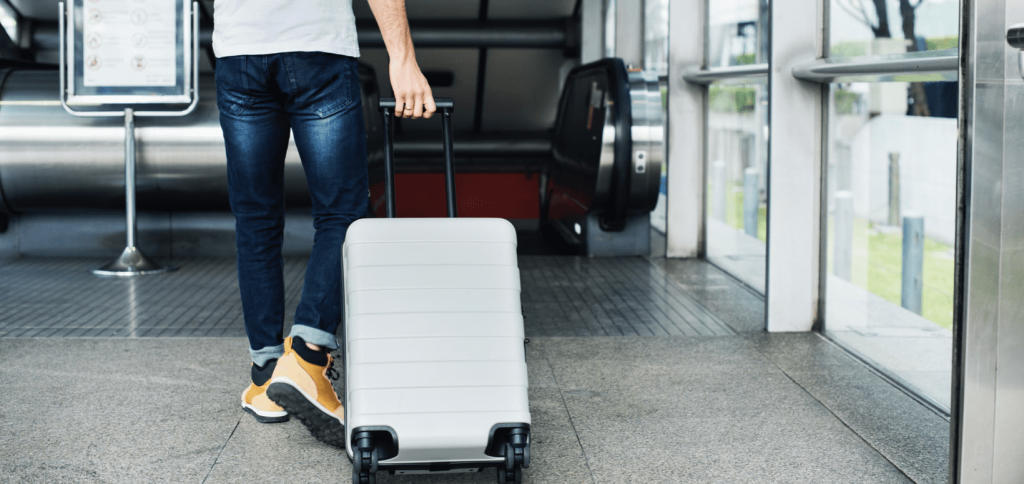Whether you are traveling for work or vacation, flying certainly has its woes—from traffic to the airport, navigating terminals full of people, and especially trying to board the plane. Why the heck does it take so long?

Photo Credit: Pexels, Sourav Mishra
First, I should mention that the airlines really do want to decrease your wait time from terminal to seat to take off. Truly. Time is a valuable commodity for airlines. The longer a plane is docked at a terminal the more money it takes wasted. According to Boeing:
“Airlines face increasing pressure to improve profitability, they are striving to carry the greatest number of passengers feasible while keeping their fleets in revenue service as much as possible.”
That’s why seats are shrinking. But I digress:
“One way airlines can move toward this goal is to reduce airplane turn time. Turn time is the time required to unload an airplane following arrival at a gate and to ensure that the airplane is ready and loaded for its next departure. The most significant elements of turn time include passenger enplaning and deplaning…”
Airlines are well aware that “enplaning” is a problem. In the 1970s it only took 15 minutes to board, but now it averages 30-40 minutes. While Boeing and other airlines figure out why, here are a couple of reasons researchers have come up with.
Carry-ons

Photo Credit: Raw Pixel
Most people want to escape checked bag fees, which means carrying on their luggage. But even as few as ten years ago, checking a bag was free or cost a minimal fee (depending on the airline). Nowadays, unless you fly Southwest, your checked bag can be costly. The alternative is to carry-on.
With the significant increase in carry-on luggage, boarding a plane takes more time because people are hoisting up 30-pound bags into the overhead compartments. Most times space runs out, causing a slow down in line movement.
This has an obvious solution—making checked bags free again—but airlines rake in insane money in fees, so it ain’t gonna happen.
Boarding Order

Photo Credit: Pixabay
Every airline has a method for boarding planes, such as “group” numbers listed on your plane ticket. The method should be to load the back of the plane first, but Group 1 (for example) usually sits in the front of the aircraft and so on. Group numbers are more like VIP status for boarding not for efficiency.
Southwest has it right, in my opinion. Their boarding tactic is not only “customer first,” but it’s also efficient. They do not assign seat numbers. Instead, they give out Group numbers (3 total) based on when you confirmed your seat online. Then the customers in Group 1 and so on board the plane and take whatever seats they want!
Thrillist states it best: “If you have a big carry-on, you’re more likely to take the seat near some open bin space, rather than look for open space THEN go to your seat.”
This strategy coupled with FREE bag checks makes for smoother travel.
The secret to faster boarding

Photo Credit: Pexels, nappy
Until the airline figures out more efficient seating, how can you save money and help eliminate wasted time? Here it is…
Take your carry-on to the terminal. Do not check it. Once you hear the flight attendant announce, “Due to the size of this flight, carry-on space is limited. If anyone would like to check your bag, please see me,” that is when the magic happens…
Take your bag to the flight attendant and check your bag. This is a free courtesy. Now you’ve escaped the dreaded bag fees and can travel without the hassle of luggage. Brilliant.






